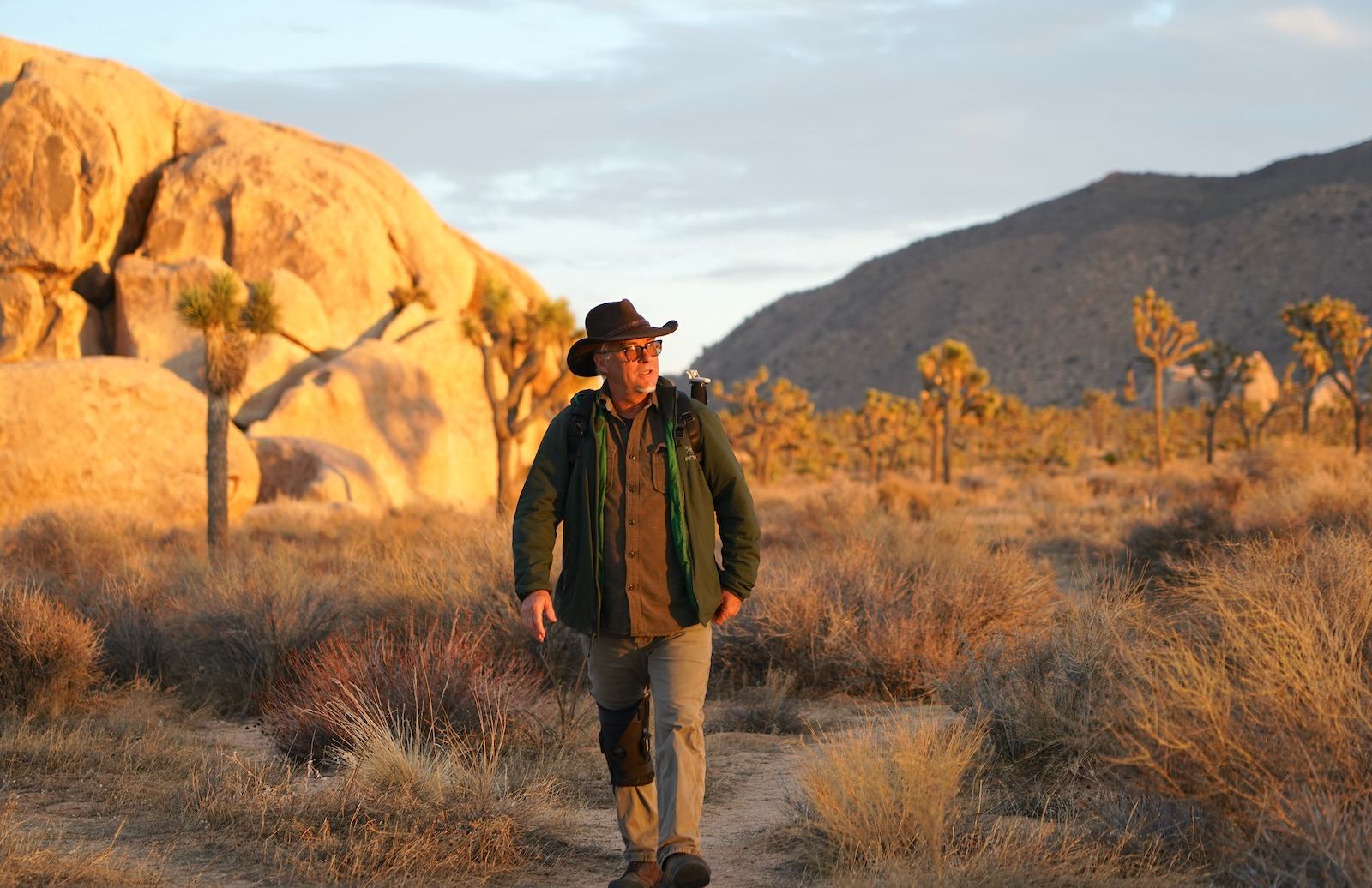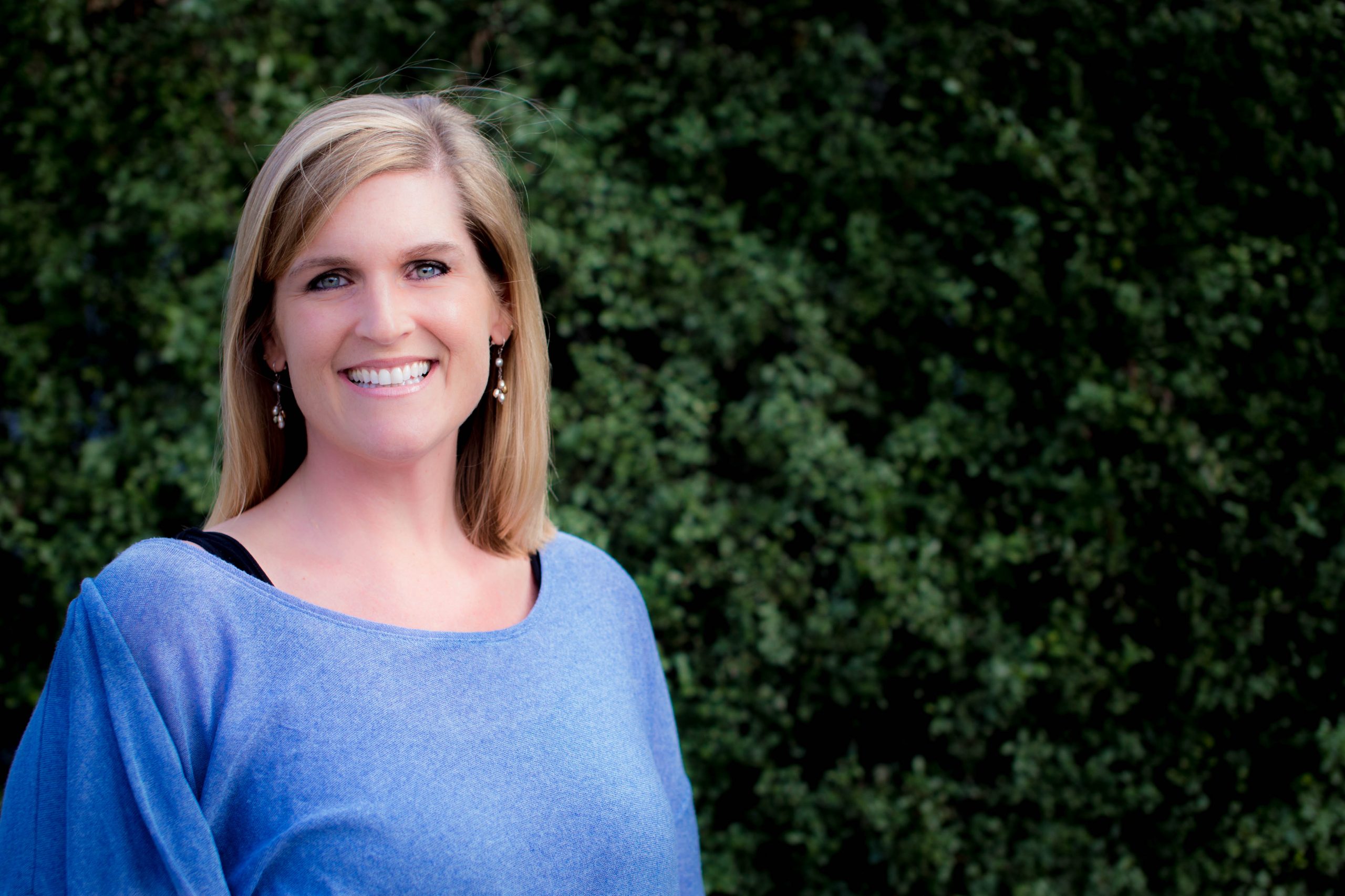The Immeasurable Beauty of Queerness
Taryn Stickrath-Hutt shares her journey as a queer woman and Jodo Shinshu Buddhist, drawing inspiration from the infinite light of Amida Buddha. The post The Immeasurable Beauty of Queerness appeared first on Lion’s Roar.

“Queer” has long been synonymous with “strange,” often carrying negative connotations. Literally, the word “strange” means something unusual, or surprising. As a queer woman, I can say that this life is indeed a strange existence, but in a profoundly positive sense. For me, being queer is real — it is freedom.
After years spent questioning my identity, I’ve come to describe myself as a queer woman. This is the identity that feels the most natural to me. I do feel strange — I always have — but I don’t see this strangeness as “wrong” or “bad,” or making me any less deserving. Through the teachings of the Buddha, I’ve come to learn that there is no wrong or bad — no being is lesser or undeserving. I’ve come to see that there is also no real “right” or “good.” When I strip away these dualistic terms from my thinking, it becomes impossible for me to pass judgment, especially on myself. That is real – it is freedom.
I used to describe myself as bisexual, but it never felt quite right for me. I viewed my identity as bisexual iin a dualistic way — a category I could put myself. Though duality was comforting to my human brain that craves labels and categories, duality is not reality. Reality encompasses the mundane and the unknown. It is constantly evolving. Reality is the buildings, the roads, and our electric bills, but it’s also an infinite universe of supernovas, deep ocean trenches, invisible wavelengths, quantum physics, spiritual epiphanies, creative inspirations, and our sixth sense of consciousness. So many strange mysteries surround us every day. We accept these mysteries though we cannot see them. So why not accept other mysteries? Mysteries of who we are as fluid, changing, imperfect, and complex people. Wonderfully strange people who insist on new, inclusive realities.
“I cannot fully grasp the truth of queerness — just as I cannot grasp the truth of buddhanature — but I feel them in my heart.”
I was 30 years old when I came out. I did so in very small steps, which have continued to extend into my life today at 41. Even now, I find myself hesitant to speak too openly about my queer identity. I’m afraid of violence and persecution as both a woman and queer person. Beyond that, it can be painful to cut the ties that have bound me for many years. Before 30, I didn’t have the self-acceptance or support I needed, nor did I understand my own mind and heart enough to recognize the truth of who I am. Though I’m grateful for my loving and accepting family, even with accepting parents, my consciousness formed in a societal and religious system that told me I was wrong and bad.
Many people outside of the LGBTQ+ community consider the multitude of identities we in the community hold — lesbian, queer, gay, trans, bisexual, etc. — solely as markers of who we prefer as romantic partners. For a long time, I believed that, too. There have been many times when I felt I wasn’t “gay enough” to come out or celebrate Pride. In general, we all tend to describe ourselves in relation to others: who we date, who we marry, who we’re friends with, where we work. But ultimately, identifying ourselves in relation to others is limiting. When we’re able to find joy in the mystery of ourselves — without outer labels or approvals — we’re met with expansion. Finding this joy offers us an entire unquantifiable ecosystem of life, love, joy, sorrow, and everything in between. This extends into all of our thoughts and actions.
Countless causes and conditions led me to find Jodo Shinshu at the Midwest Buddhist Temple, which has offered a new spiritual realm in my ecosystem. Shinran Shonin, the founder of Jodo Shinshu, brought forth a new reality with his teachings, which allow all of us regular, lay, strange people to see our innate buddhanature. Shinran was strange too — an outsider. I relate to his teachings and am therefore willing to accept the help of Amida Buddha.
I look upon Amida Buddha as infinite and genderless. How could we impart a singular nature or gender upon something that is immeasurable? I realize that many people here use the pronoun “he” in reference to Amida Buddha. I don’t think there’s anything wrong with that, but for me, Amida Buddha is he, and she, and they — my heart feels that to be true. Their name, Amitābha, meaning “infinite light,” offers me a sense of wonder and fluidity. I look at our beautiful statue at Midwest Buddhist Temple and find it asks me to see a reflection of myself. It invites me to project my own feelings onto its face, making a gesture of the dharmachakra mudra, which represents the wheel of dharma. What is a wheel but a circle, with no discernible start or end, no right or wrong end? It has no bad side, no duality — but this particular wheel is no simple circle.
In a short story written by author Haruki Murakami, a man is challenged by his friend to envision “a circle with many centers and no circumference.” The man finds this difficult, of course. He can easily imagine a circle with one center and a circumference. We’re taught this simple shape in school; we’ve drawn them our whole lives. Some of us might even remember the formula for exact measurements. But when asked to imagine something radically different – a circle with many centers and no circumference – it’s hard to see outside of our systems of so-called real learning, of concrete reality. We might say it doesn’t exist — it’s impossible! And yet, we’ll ponder it. We’ll sit and let our eyes go soft and imagine this circle with many centers and no circumference. Something immeasurable. Why?
I think our imagination is deeply connected to our buddhanature. There is so much that we can’t understand with the small percentage of brain power that we can access as mere humans, as foolish bombu, but we still strive for the unknowable, intangible, illogical, and immeasurable state of buddhahood. We long to understand this immeasurable circle. We’ll spend our lives pondering it.
This is what being queer means to me. Accepting myself as such lets me step out of the measurable circle of geometry and into the beautifully illogical circle of Amida Buddha. There is no correct center or circumference, let alone a correct side. There is certainly no part labeled wrong or bad, lesser or undeserving. I cannot fully grasp the truth of queerness — just as I cannot grasp the truth of buddhanature — but I feel them in my heart.
Our society, like our brains, wants easy categories. It keeps trying to hand me a duality that I know does not exist. And so, in my own dharmachakra mudra, with hands in circles, I say “No thank you” to simplistic, dualistic offerings. I will continue to ask for a more expansive and immeasurable existence. I will thank Amida Buddha for their circle with many centers and no circumference.
Namo Amida Butsu.

Taryn Stickrath-Hutt is a writer, painter, filmmaker, queer woman, and joyfully exhausted mother. Her top priorities are smashing the patriarchy, eating great pizza, and writing about topics ranging from spiritual epiphanies to haunted houses to hardboiled detectives (sometimes all at once). An Angeleno at heart and former Disney Imagineer, she now lives in Chicago with a focus on independent projects in fiction, film, and personal essay. She is a member of Midwest Buddhist Temple where she heads Niji Dharma, a program developing LGBTQ+ community initiatives rooted in Buddhist principles. She offers her deepest gratitude for the opportunity to publish her work with Lion’s Roar.

 AbJimroe
AbJimroe 





























![35-year-old American moved to Chengdu and lives on $30,000 a year: '[It's] poverty in America, but in China I'm living large'](https://image.cnbcfm.com/api/v1/image/108167583-1751548516689-chinacelia1.jpg?v=1751549197&w=1920&h=1080)

